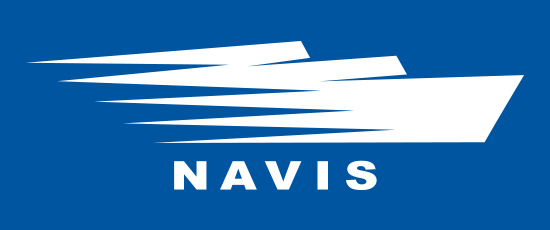Overview of the SMT-11 system
General description
Panel design
Interaction with the flight data recorder (VDR/S-VDR)
SMT-11 is equipped with an interface for interaction with the voyage data recorder (VDR), which allows you to automatically save information about the commands for each engine transmitted by the navigator from the bridge to the engine room from each control station. Dimming devices via a special CAN-DIM bus.
Watch control in the engine room
Misdirection Command Signaling
The system is equipped with the function of additional notification of the navigator about incorrect execution of the command given from the bridge. After the command is confirmed in the engine room, a timer is activated, after which the system compares the signal of the direction of operation of the engine and the signal received from the actuator. If they differ, an alarm is triggered on the bridge.
Control post architecture
Type approvals
SMT-11 is approved by the Russian Maritime Register of Shipping and the Russian River Register.



